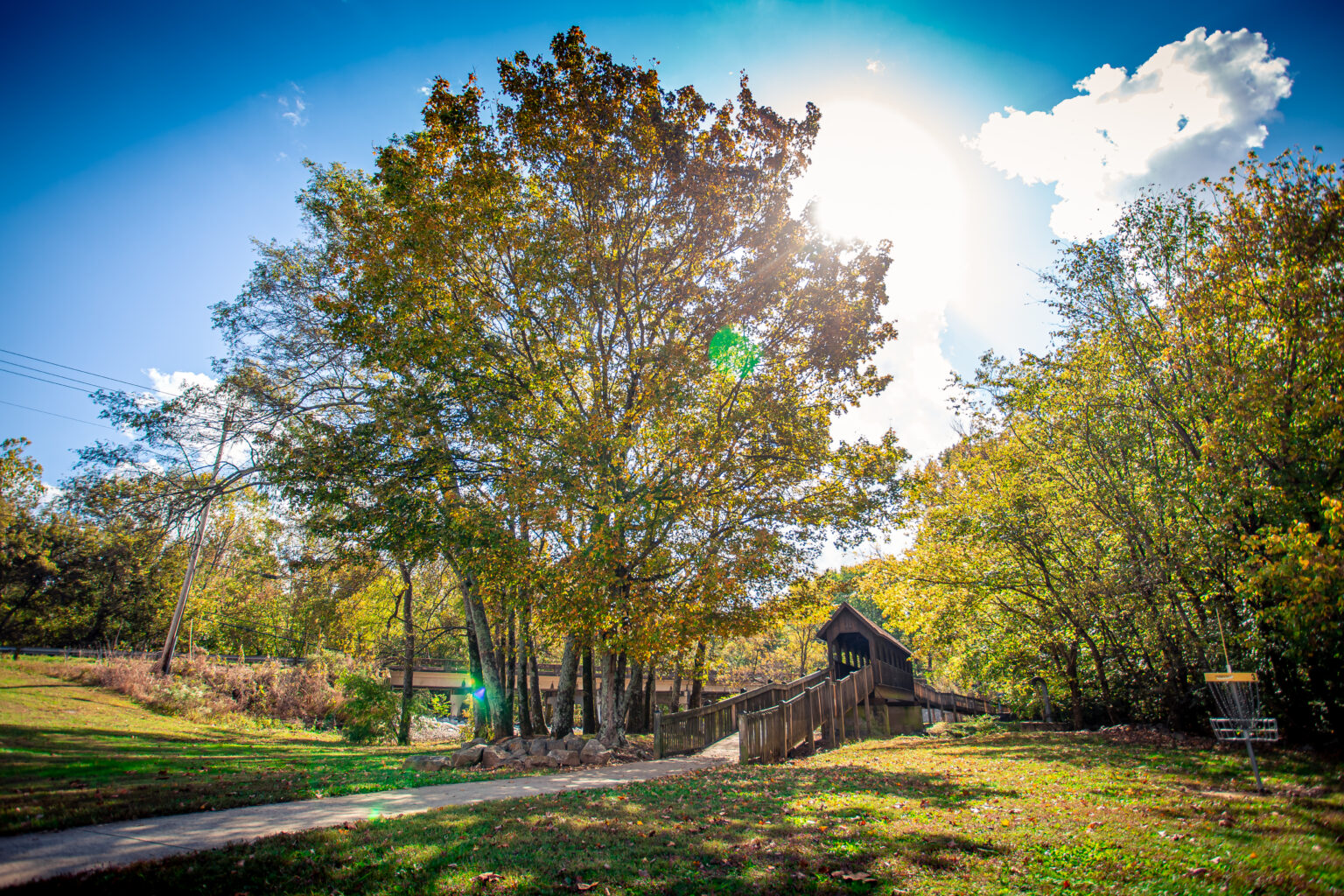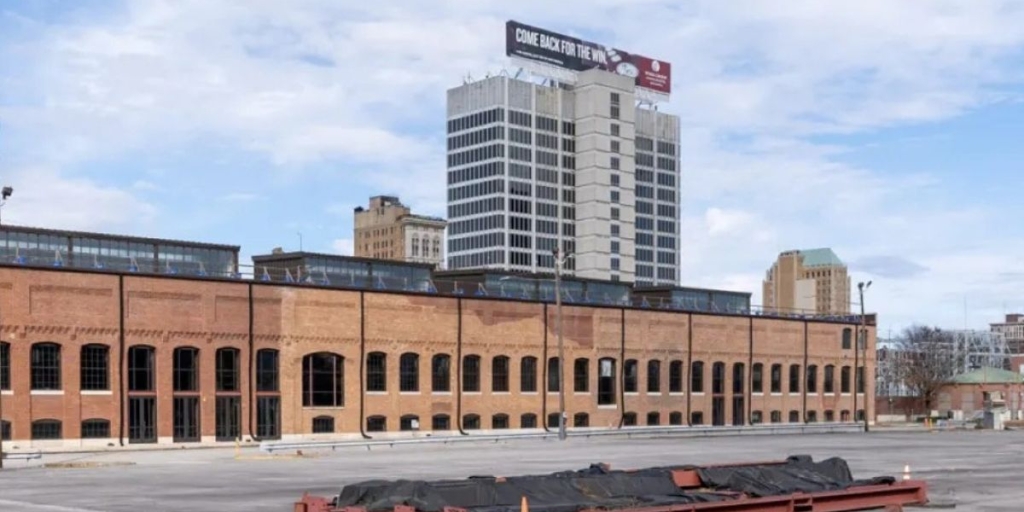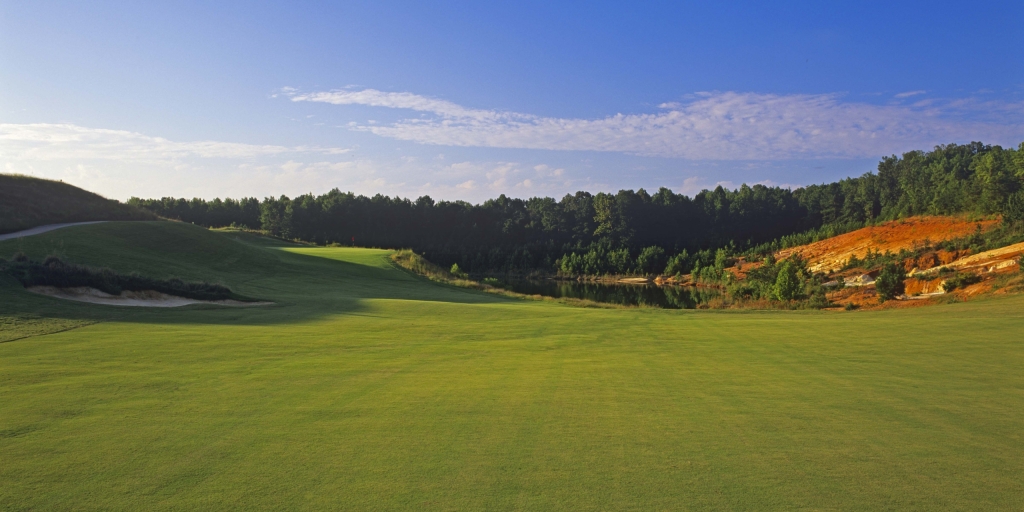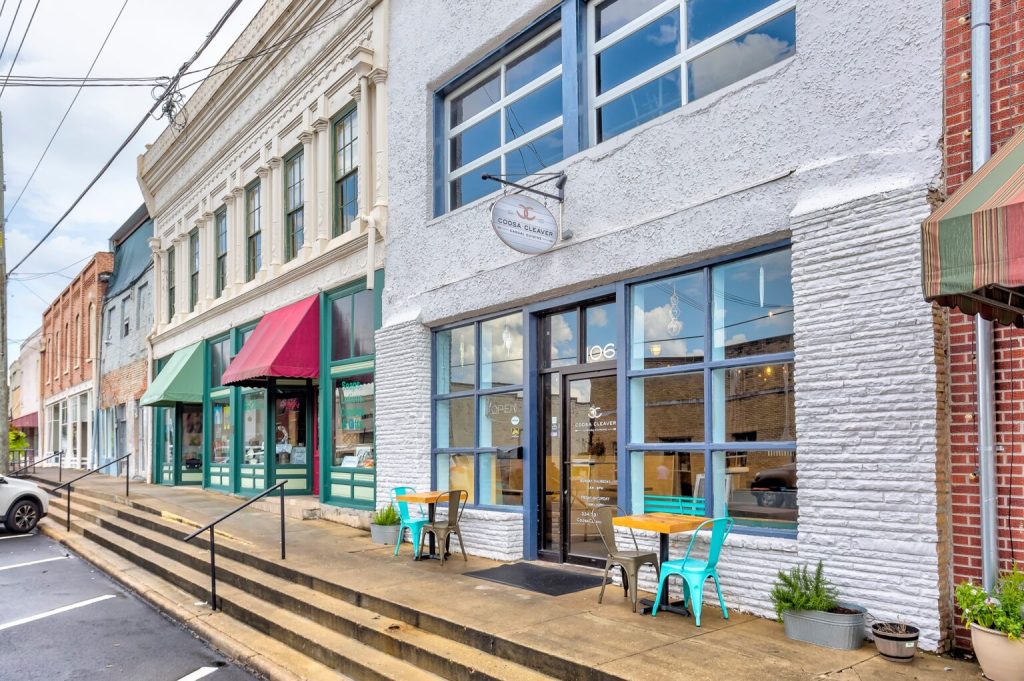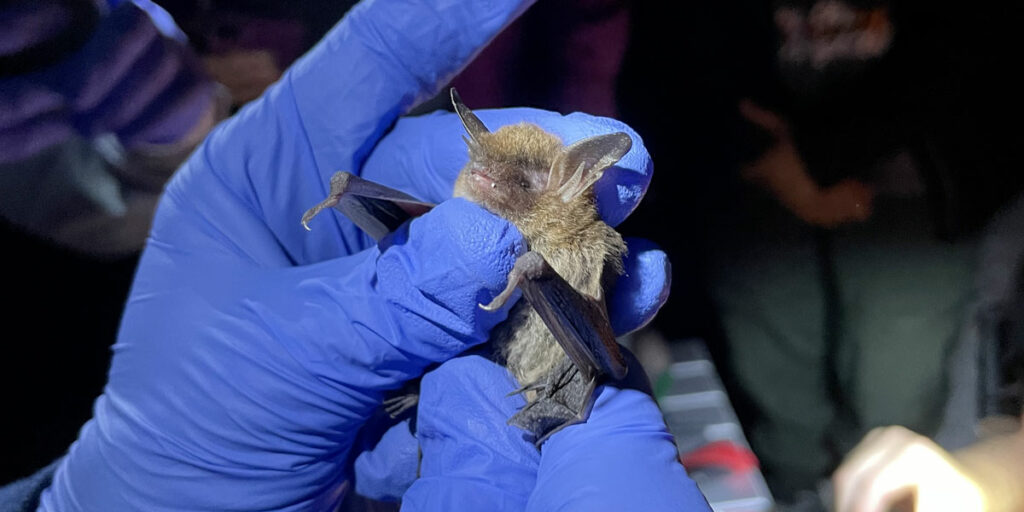A stroll through picturesque Mooresville might make you forget what century this is. The beautifully preserved, tree-shaded village was incorporated in 1818, a year before statehood. Its residents included future United States president Andrew Johnson, and another president-to-be, James Garfield, preached there. There are sheep and a tavern and a tiny post office that opened around 1840 and remains in operation.
Few motorists visit this idyllic spot, however. Most zip past Mooresville on I-565, less than a mile away, headed to big, booming Huntsville. That’s the sort of missed connection the Singing River Trail can fix, says John Kvach, Ph.D., its executive director. The trail is a recreational greenway project with an epic reach — a pedestrian and bicycling path winding more than 200 miles across the top of Alabama that will showcase the historical and natural heritage of Mooresville and 26 other towns and cities along the route.
This “green ribbon,” as Kvach calls the Singing River Trail, will tie north Alabama together, forging physical and personal links among communities that will boost business growth, health and wellness, quality of life — and our understanding of one another. “It will ensure that we do not forget about each other,” he says.
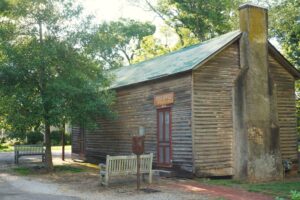
Mooresville Post Office (Sakara Smeby/Contributed)
Memory lane
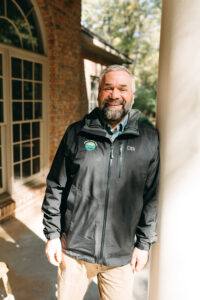
John Kvach (Alabama Humanities Alliance/Contributed)
A surefire way to connect with the soul of a place is to learn about its past. And the Singing River Trail will lead visitors on a journey through time, beginning with the region’s first residents. The trail’s name, in fact, comes from the local Yuchi Indian tribe’s description of the “river that sings” — the Tennessee River. The Singing River Trail was identified as a Native American heritage trail early on because the route roughly parallels a portion of the Trail of Tears, the tragic 1830s-1840s expulsion of Southeastern tribes from their ancestral homelands to Oklahoma.
But Kvach emphasizes that the Singing River Trail won’t focus only on the Trail of Tears because that’s just one facet of the Native story. Instead, the trail will highlight the richness of Native American culture and history in the region. There’s also a broader “story of the human condition” to share that touches on all eras of the state’s past, says Kvach, who was previously a history professor at the University of Alabama in Huntsville and serves on the Alabama Humanities Alliance board of directors.
“By highlighting our unique histories and our combined history,” Kvach notes, “we can help people see culture through different lenses.”
That will make the Singing River Trail a prime example of “public history” — the presentation of history outside the classroom, which is how most people receive their historical education, explains Brian Dempsey, Ph.D., director of the University of North Alabama Public History Center. Public history encompasses everything from museums and living history centers to documentary films and podcasts. But projects like the Singing River Trail are especially effective because they place people within the landscapes where important events happened.
“If you’re physically standing in the location, then you can identify with the story better,” Dempsey says. “What was it like for, say, a Cherokee family to have to march across this land in the winter? You gain a more personal perspective. There’s an opportunity for empathy.”
Roots of prosperity
Interpreting the past in the present can also spark future growth.
“There’s a distinct return on investment from leveraging heritage,” Dempsey says, with public history projects attracting tourism dollars to local economies. (Once completed, the Singing River Trail will have an estimated economic impact of $26 million annually, creating 100 permanent jobs and producing $866,000 in transportation benefits and $1.4 million in health benefits, according to an analysis conducted for the trail.) Many cities have discovered that marketing their history appeals to visitors, businesses, and potential residents. For proof, look to Muscle Shoals, synonymous with its music legacy, and Huntsville, the Rocket City.
The Singing River Trail will create opportunities for sustainable economic development along its route, with small towns potentially feeling the biggest impact, says Carolyn Barske Crawford, Ph.D., director of the Muscle Shoals National Heritage Area (MSNHA). Funded by the National Park Service and headquartered at the University of North Alabama, the MSNHA supports cultural heritage initiatives in six northwest Alabama counties, including planning the Singing River Trail’s path from Decatur to the Shoals. She explains that rural towns will serve as trailheads and key stopping points on the Singing River Trail’s longest stretches, which will entice restaurants, accommodations, bike repair shops, and other businesses to open their doors. And that interaction with travelers will give those communities a chance to share their own stories.
Dempsey notes that when “people in small towns tell you what they value beyond the beautiful homes and famous names, you see a rich tapestry of history” that reflects a diversity of people and experiences. Both he and Crawford are eager to see how the towns will present their pasts beyond the traditional interpretive sign — through public art, perhaps, or programming such as walking tours.
“And they shouldn’t shy away from the stuff that makes our history complicated,” Crawford says. “People appreciate authentic storytelling.”
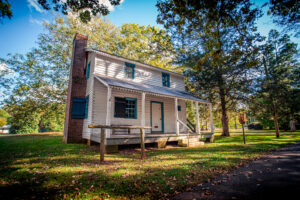
Mooresville Stagecoach Inn(Red Sage/Contributed)
The path ahead
Kvach compares the process of building a state-spanning greenway to assembling a giant, complicated jigsaw puzzle. Working with local governments, he must determine where newly built sections will join existing trails and identify the public easements, city parks, and state and federal land — such as Wheeler National Wildlife Refuge — that can host potential paths. Small towns have been eager partners, with some jumping in to construct portions of the route or revamp their trailside main streets.
Ultimately, the Singing River Trail’s completion will depend upon voluntary participation from private landowners who can close crucial gaps. “On average, the value of a property with a long trail goes up about 7 to 10 percent,” Kvach says. “Once they hear that, usually they ask how soon we can get the trail on their land.”
By the end of 2023, 15 total miles of the Singing River Trail should be open to the public, and Kvach estimates that more than half of the trail will be accessible or under construction within 10 to 15 years. He celebrates every new addition, looking forward to the time when visitors will hop off their bikes to explore Mooresville’s lovely lanes, play hopscotch in Courtland’s classic town square, savor soul food in Leighton, and get to know other communities along the route. He believes that kindling those genuine, personal connections will help the trail’s towns remain relevant — and preserve a unique sense of place — amid north Alabama’s rapid economic and population growth.
“It’s important for communities to hold on to what makes them different — and to the stories that got them where they are today,” Crawford adds. “Those are the places people want to visit.”




